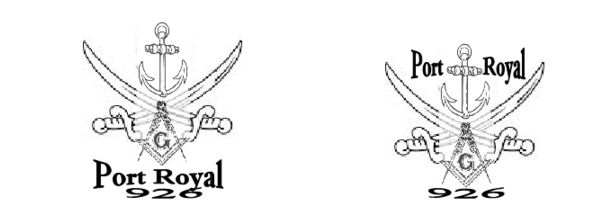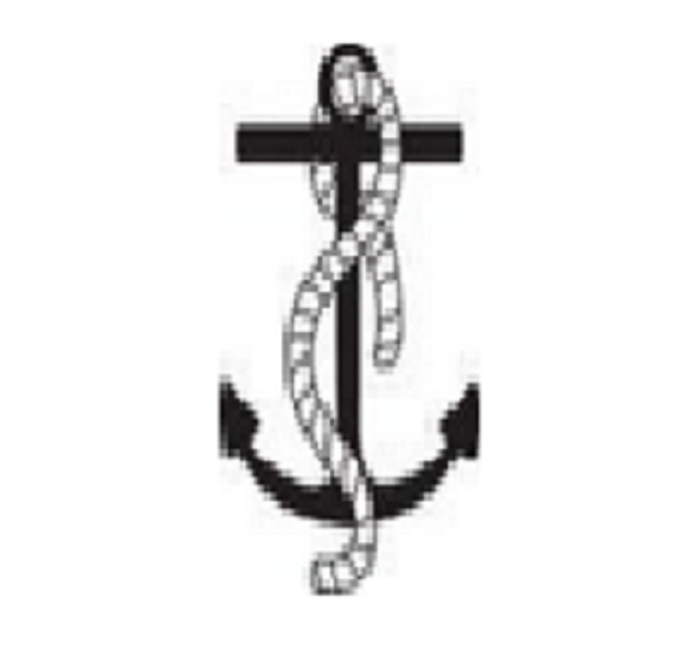History tells us that Freemasonry in the British Isles was alive and thriving when the British Forces captured Jamaica from the Spanish in 1655, and suggests that many a Freemason constituted the invading forces and thus became the nucleus for the Fraternity in the Island. In 1738, according to the records, the Mother Lodge No. 182 was established and Warranted to work in Jamaica, and in 1742 the Port Royal Lodge No. 193 became the second Lodge to be granted a Warrant in Jamaica.
Irish Freemasonry in Jamaica revolves around a number of military Lodges issued with Traveling Warrants, however, a few notable Lodges are worth mentioning. The first recorded Irish Warrant was that issued to the Brethren in Kingston in 1767 for Lodge No. 456. A Warrant was issued by Ireland to Lodge No. 699 in 1789, however, this Warrant was surrendered in favour of a Warrant issued by the Grand Lodge of England for the Royal Lodge No. 207, which is still active and is the oldest working Lodge in Jamaica.
The records also speak of a Warrant being ordered for Lodge No. 733 in Port Royal, Jamaica, however, it was never issued.
Freemasonry in Jamaica is thus inextricably linked to Port Royal, being the principal centre of trade and travel, and thus the chief point of import for many of our [British] colonial affiliations.
It was therefore appropriate that the concept of a Lodge in Port Royal, bearing that name, should have been conceived by Irish Brethren serving with the [Jamaican] Coast Guard stationed in Port Royal.
The Port Royal Lodge, Constituted in 2002, is thus remarkable in a number of ways, not the least of which is the fact that it draws most of its members from the Jamaican Armed Forces, particularly the Coast Guard. The chief architect of the Lodge was Very Worshipful Brother Captain (N) Hardley Lewin (later Rear Admiral). The Founding Master was Lieutenant Commander George Reynolds. The Lodge's first meeting involved a triple Initiation. The Festive Board, popularly referred to as ‘the Bounty’, with grog and grub aplenty, set a standard in that it had two servings: dinner and breakfast by the sea, with Brethren departing when the sun was Well Risen.
The Port Royal Community Centre
The Lodge has adopted the Port Royal Community Centre as its home and has undertaken various community-related projects, namely a Medical Fair aimed at the elderly and children getting ready to return to school at the end of the summer holidays, reflecting the Coast Guard's motto "Service For The Lives Of Others" which is quite familiar to the Brethren.
The current Master, Worshipful Brother Major (Retd) Vincent "Dave" Anderson, was the Lodge's first Initiate. The Lodge's Founding Master is now the Provincial Assistant Grand Master. And at one point there were five sitting Masters in different Constitutions who were members of the Lodge.
One of the very interesting features of the Lodge is that is has constructed its altar from an old rum cask. As from the roughest stone, the Mason can construct the most elegant and impressive cathedral, so the simplest of material can be put to serve the highest purpose. The important lesson we learn from the Port Royal Lodge is that it is less important where you begin in life, as to where you end.
The Lodge’s logo is emblematical of its Masonic and nautical pedigree; the anchor and crossed swords reflect the history of its home and name, underpinned by the square and compasses which keep the Brethren steadfast in their journey towards enlightenment. The toast to their Founders, raised at the annual Installation ceremony, is accompanied by the popular sea shanty ‘What Do You Do With a Drunken Sailor….’.
Sources:
RW Bro Derrick V McKoy : Early Irish Freemasonry in Jamaica. RW Bro Afeef Lazarus: Experiences in Caribbean Masonry – The Jamaican Perspective.

